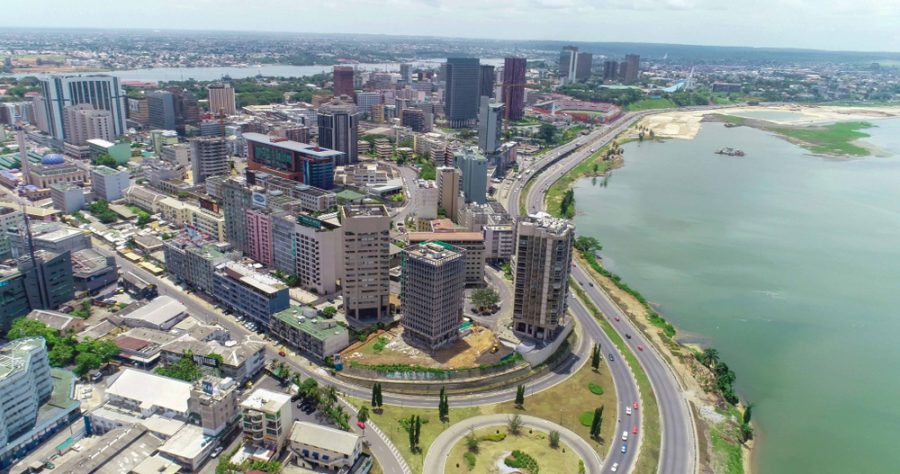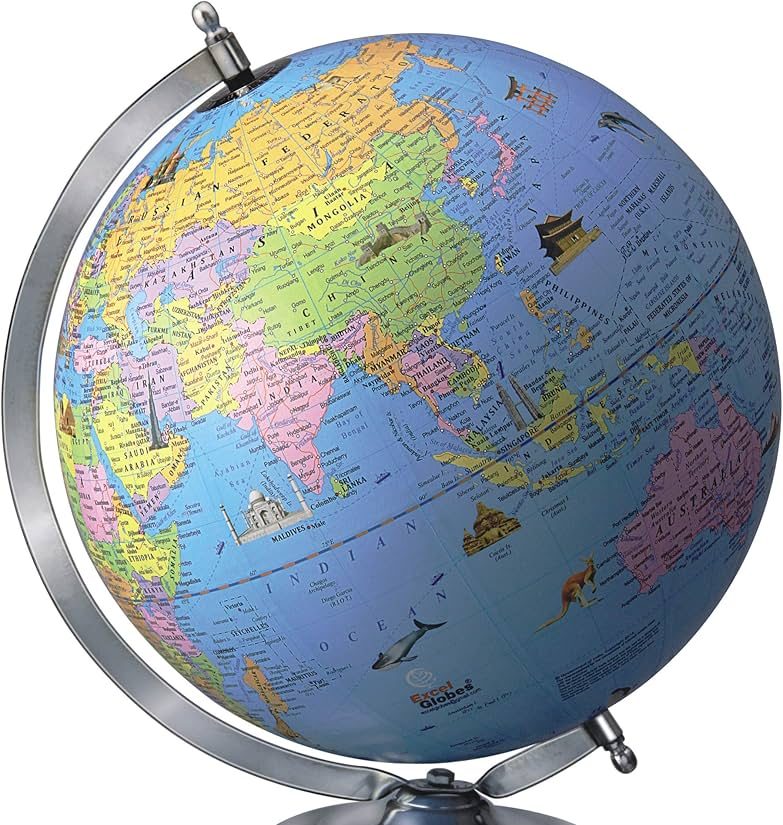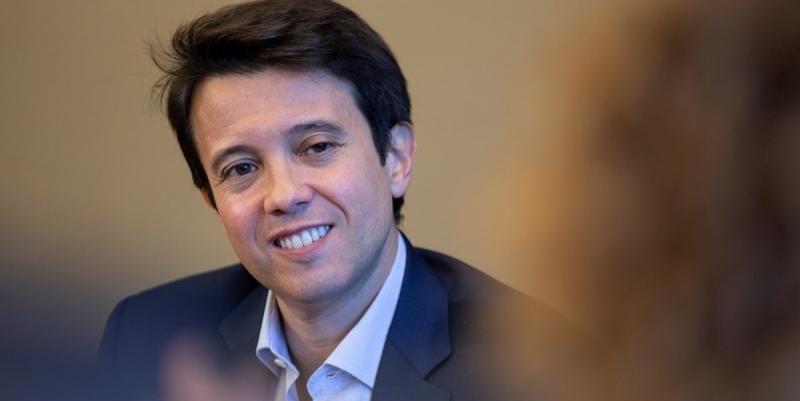In April 2025, Bloomfield Intelligence, the business intelligence arm of Bloomfield Investment Corporation, released its much-anticipated Country Risk Report for Côte d’Ivoire, sparking conversation among economic stakeholders and policymakers. The report, unveiled in Abidjan and attended by senior government officials and investors, rated the Ivorian economy as “low-risk” — but with subtle caveats that merit deeper scrutiny.
At first glance, the findings seem encouraging: the country maintains an enviable growth trajectory, boasts relative political stability, and enjoys moderate debt levels. However, a deeper dive reveals troubling social disparities, structural vulnerabilities, and under-explored risks that cast shadows over the country’s economic optimism. As with many risk assessments that prioritize macro-level indicators, the reality on the ground paints a more complicated picture — one that challenges the simplicity of the “low-risk” label.
What the Report Says. The report scores Côte d’Ivoire at 6.3, a slight downgrade from last year’s 6.5, yet still within the “low-risk” bracket. Key indicators include:
- Macroeconomic performance: 8.1 (solid)
- Business climate: 6.5 (stable)
- Public financial management: Downgraded by 50 basis points
- Financial system soundness: Downgraded by 10 basis points
- Sociopolitical risk: Downgraded by 40 basis points
CEO Stanislas Zézé was quick to temper enthusiasm with realism. While the macro outlook remains strong, the social dividends of economic growth are not reaching the wider population. This disconnect, he argued, is where the real risk lies. “Life expectancy is 58 years, below both global and regional averages,” Zézé noted. “Economic performance must mean more than GDP. It must translate into better living conditions.”
Weaknesses in Bloomfield Assessment. Despite its sophistication, the report leaves room for skepticism and critical evaluation. Its rating methodology leans heavily on macro-level stability, under-representing microeconomic realities, institutional dysfunctions, and human development metrics. Several key blind spots include the country’s poverty rate dropped from 54% in 2010 to 37% in 2024. Unemployment is reported at just 2.3%. On the surface, these are impressive figures. But scratch beneath and the picture becomes murkier. Job insecurity remains a massive issue, with over 73% of workers in the informal economy, lacking protections, benefits, or stability. Youth unemployment, particularly in urban areas, is also grossly under-reported, further distorting labor data.
The average length of schooling—4.2 years—underscores the education system’s inability to meet future economic demands, despite being marginally above the WAEMU average. Globally, the bar stands at 8.7 years. Without significant investment in human capital, Côte d’Ivoire’s long-term competitiveness remains at risk.
With a debt-to-GDP ratio of 51%, the report describes Côte d’Ivoire as “moderately indebted.” However, this simplistic metric conceals critical risks in debt structure and currency exposure. A significant portion of the country’s debt is denominated in foreign currencies, making it vulnerable to exchange rate volatility, particularly in a climate of shifting global interest rates and inflationary pressures.
Zézé himself noted the importance of shifting toward local currency financing to mitigate risks. Yet, until policy implementation matches rhetoric, the country remains exposed to external shocks that could destabilize public finances with little warning.
Perhaps the most underplayed threat is national security. Côte d’Ivoire’s security index plummeted from 6.8 in 2010 to a worrying 1.2 in 2025, reflecting growing concerns over terrorist threats in the North, porous borders, and regional instability.
The report mentions this in passing but fails to adequately weight its significance. As attacks in the Sahel spread further south, Côte d’Ivoire is increasingly vulnerable to violent spillovers, threatening everything from rural investment to tourism and cross-border trade.
Reform in Limbo? One area the report addresses with cautious optimism is governance reform, particularly the digitalization of asset declarations. Epiphane Zoro Ballo, head of the High Authority for Good Governance, noted that Côte d’Ivoire now has 10,000 individuals subject to asset declarations, more than Senegal (4,000) or Burkina Faso (5,000).
While this marks progress, anti-corruption mechanisms remain toothless without enforcement. The country still struggles with elite capture, opaque procurement processes, and entrenched political patronage—none of which are adequately quantified in the Bloomfield framework.
Furthermore, the country’s business environment—rated a stable 6.5—belies persistent issues with bureaucratic inefficiency, limited access to credit, and a judicial system slow to resolve commercial disputes. These challenges disproportionately affect SMEs, which constitute the bulk of local enterprise and are critical for inclusive growth.
Risks Beyond the Scorecard. Despite the flaws in the risk rating methodology, it’s not all doom and gloom. Côte d’Ivoire remains one of Africa’s fastest-growing economies, buoyed by diversified exports, a rising middle class, and ongoing infrastructure investments. The energy sector, digital economy, and agribusiness all offer fertile ground for investment.
However, investors would be wise to view the “low-risk” tag with measured caution. Political stability ahead of future elections, external debt shocks, and a teetering security situation in the North could quickly shift the investment climate.
Also critical is the pace at which Côte d’Ivoire can translate macro growth into tangible social outcomes—in education, healthcare, jobs, and human security. These will determine whether the economy’s trajectory remains upward or becomes vulnerable to stagnation.




